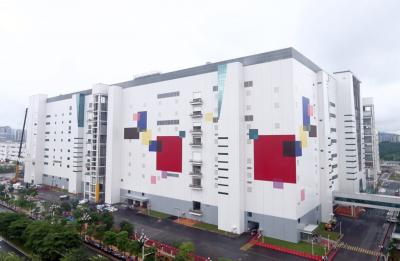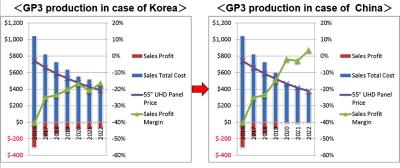On August 2019 LG Display announced that it started producing OLED TV panels at its 8.5-Gen OLED fab in Guangzhou, China. But later it was reported that LGD faced technical issues and production did not begin as planned in October 2019 - and LGD delayed production to Q1 2020.

According to a new report from Korea, LGD finally fixed its technical issues and managed to optimize the yields at the new fab. Mass production will begin in Guangzhou by the end of this month.
LGD plans to ship over 6 million OLED TV panels in 2020 - which include the smaller 48" OLED TV panels launched at CES 2020.
LGD's new fab has a monthly capacity of 60,000 substrates, which will be expanded to 90,000 by 2021. The new Gaungzhou fab is similar to LG's current Paju OLED TV fab, and LGD believed it will ramp up very quickly. But the company also decided to adopt several new technologies in this new fab - ironically mostly to improve productivity (including MMG, which seems to be the most challenging technology and the main cause of the low yields) and these hasn't been stabilized yet. In addition LGD opted to use a new OLED stack (to improve efficiency and productivity at the same time) and also for new equipment produced in China (rather than the Korean equipment in uses in Paju).
LG's Goungzhou fab was announced in 2017, but the company found it challenging to get approval from both the Chinese and Korean government - which it finally got in July 2018. The total investment in the new fab was about $4.2 billion. The new fab was established in a joint venture established between LG Display and Guangzhou Development District (GDD). LG Display holds a 70 percent stake in the JV.
LGD hopes that the new Chinese fab will enable it to cut production costs due to lower wages, government subsidies and the new technologies used . DSCC estimates that the subsidies will reduce LGD's depreciation costs by 65%. An unexpected bonus may be that this fab could enable LGD to circumvent Japan's recent export ban on Korea.



Increased supply must lead to lower prices. It's just a question of when and how much.Any thoughts?